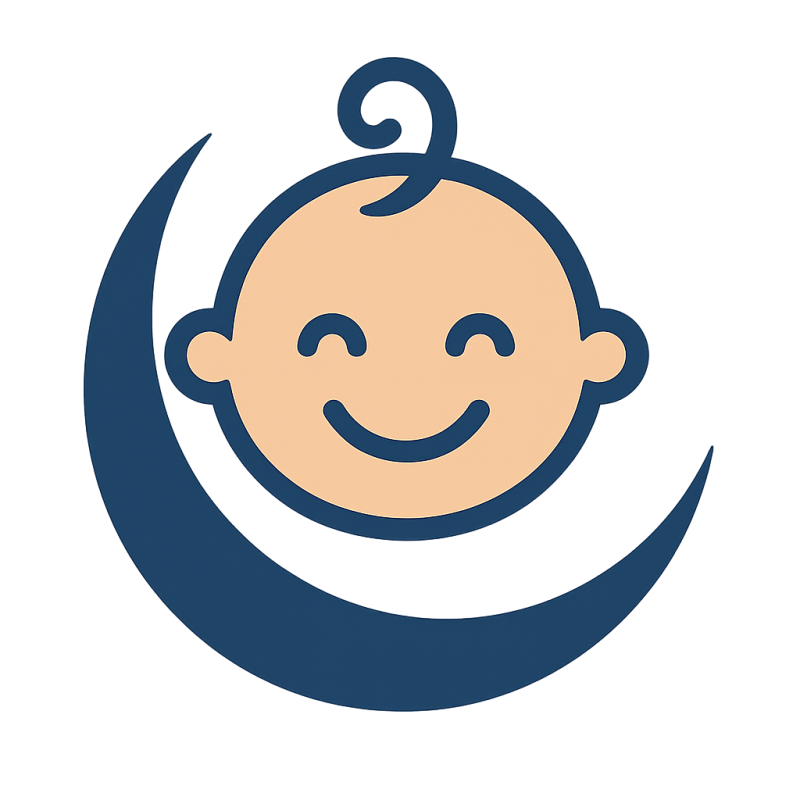When it comes to babysitting children with food allergies, understanding the nuances of care is paramount. Parents and caregivers must take proactive steps to ensure the safety and well-being of children with allergies, fostering a safe environment for them to thrive.
In this article, we will explore the crucial aspects of babysitting children with allergies, focusing on training, safety protocols, and emergency preparedness. Equip yourself with the knowledge you need to handle various scenarios that may arise while caring for these children.
Training for babysitters and caregivers
Proper training is essential when it comes to babysitting children with food allergies. Babysitters should be well-versed in understanding allergies, recognizing symptoms, and knowing how to administer emergency medications.
Training sessions can cover various topics, including:
- Identifying common allergens and symptoms of allergic reactions.
- Practicing the use of epinephrine auto-injectors.
- Understanding the child's specific allergy history.
- Learning emergency procedures and action plans.
- Communicating effectively with parents about the child’s needs.
Additionally, including role-playing scenarios during training can help caregivers feel more confident in handling real-life situations. Familiarizing them with potential allergic reactions and required responses is vital for their preparedness.
Guide to babysitting children with food allergies
When babysitting children with food allergies, it's crucial to have a comprehensive understanding of the child's specific needs. Each child may have different sensitivities and experiences with allergens, which necessitates customized care strategies.
Here are some key considerations to keep in mind:
- Always consult with parents about the child's allergy history and specific triggers.
- Establish clear communication about “no outside food” rules to prevent accidental exposure.
- Prepare safe meals and snacks that adhere to the child's dietary restrictions.
- Keep medications accessible and ensure you know how to use them.
- Have a list of emergency contacts readily available.
By adhering to these guidelines, caregivers can create a safer environment for children with food allergies, reducing the risk of accidental allergen exposure.
How to ensure safety when babysitting children with allergies
Safety is the foremost priority when it comes to babysitting children with food allergies. Understanding how to manage allergies effectively can prevent potentially dangerous situations.
Some crucial safety measures include:
- Regularly reviewing the allergy action plan with parents and children.
- Identifying and eliminating allergens from the environment.
- Teaching children how to recognize their allergy symptoms and communicate them clearly.
- Practicing emergency response scenarios with the child.
- Creating a list of “safe” snacks that the child can enjoy without worry.
Incorporating these measures into your babysitting routine will help ensure that children with food allergies remain safe and secure during your care.
Understanding food allergies for babysitters
A solid understanding of food allergies is vital for babysitters. Food allergies can manifest in various forms, ranging from mild to severe, and recognizing the symptoms is key to effective management.
Common symptoms of allergic reactions may include:
- Skin reactions like hives or rashes.
- Gastrointestinal symptoms such as vomiting or diarrhea.
- Respiratory issues including wheezing or difficulty breathing.
- Swelling of the face, lips, or throat.
By understanding these symptoms, caregivers can act quickly and appropriately in the event of an allergic reaction, ensuring the child's safety.
Emergency procedures for babysitting children with food allergies
Every babysitter must be equipped with a clear emergency response plan for handling allergic reactions. This plan should be communicated effectively with parents and practiced regularly.
Key steps in the emergency procedures include:
- Recognizing the signs of an allergic reaction and acting immediately.
- Administering epinephrine via auto-injector if the reaction is severe.
- Calling emergency services for further assistance.
- Informing parents about the situation as soon as possible.
Practicing these steps ensures that caregivers are prepared to handle emergencies confidently and efficiently.
Questions related to babysitting children with food allergies
Do daycares have to accommodate food allergies?
Daycares are required to accommodate children with food allergies under the Americans with Disabilities Act (ADA). This means they must take appropriate steps to ensure the safety of children with allergies, including providing allergy-safe meals and snacks.
Additionally, daycares should have a clear plan in place for managing allergies, including training staff on recognizing symptoms and handling emergencies. Providing a safe environment for children with food allergies is not only a legal obligation but also a critical aspect of child care.
Are food allergies protected under ADA?
Yes, food allergies can be considered a disability under the ADA if they substantially limit a major life activity. This means that accommodations must be made in schools and childcare facilities to ensure the safety of children with food allergies.
Caregivers and educators must work together to develop an allergy action plan that addresses the specific needs of the child, ensuring their rights to safety and inclusivity are upheld.
What are the CPS guidelines for allergies?
The Child Protective Services (CPS) guidelines emphasize the importance of recognizing and managing food allergies in children. These guidelines recommend that caregivers be trained in allergy management and emergency response procedures.
Moreover, CPS encourages open communication between parents and caregivers to ensure that children with food allergies receive the necessary support and care. Establishing clear protocols for handling allergies helps protect children and supports their overall health and well-being.
What is the Protecting Children with Food Allergies Act?
The Protecting Children with Food Allergies Act is a legislative measure aimed at ensuring the safety of children with food allergies in schools and childcare settings. This Act mandates that schools develop food allergy management plans that outline how they will accommodate students with allergies.
Through this Act, schools are encouraged to provide training for staff on recognizing allergic reactions and administering emergency medications. This legislative framework helps protect children and promote a safer learning environment.
Para ayudarte a manejar esta situación con mayor confianza, te presentamos un video que ofrece consejos y pautas esenciales para el cuidado de niños con alergias alimentarias.



